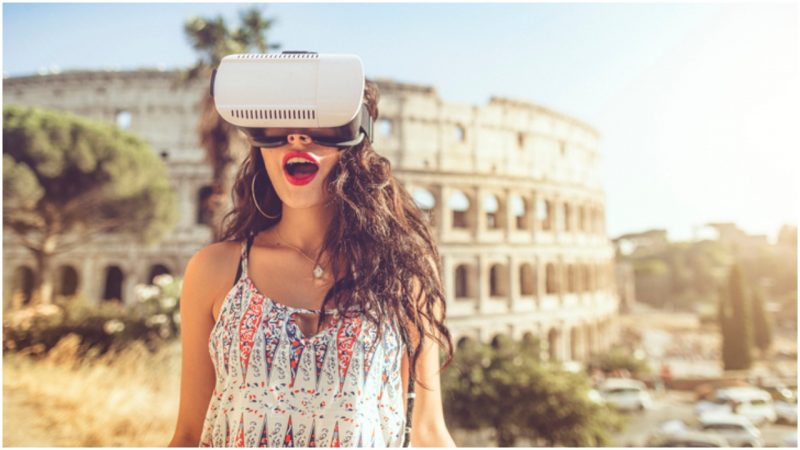Exploring ancient ruins, whether a broken down castle in England or the crumbling stones of the Roman forum, often requires a significant feat of imagination. Despite the best efforts of historians and museum curators to conjure an image of the past through words and drawings, many visitors to historic sites across the world struggle to imagine what they would actually have looked like.
Now, with the help of modern technology, this struggle is over. One company is aiming to put state-of-the-art virtual reality technology to use in historical locations, allowing visitors to step back in time and see these ancient sites as they were 2,000 years ago.
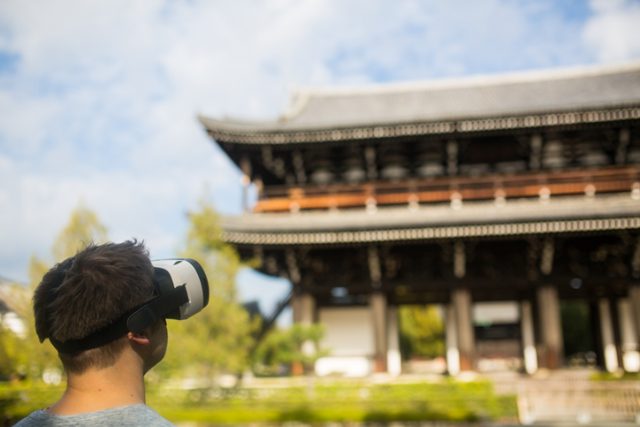
Lithodomos VR is the brainchild of Simon Young, an Australian archaeologist aiming to bring the past to life for non-specialist audiences. According to Smithsonian magazine, his company offers immersive reconstructions of historic sites, accessed via a 3D headset. Lithodomos partners with tour operators and educators to create new ways to experience the past.
Speaking to Smithsonian, Young explained that his ambition was to give tourists the ability to visualize the ancient past of cities such as Paris or Rome. By exploiting new developments in virtual reality technology, he has created 360-degree immersive worlds, which “really help you to place yourself back in time.”
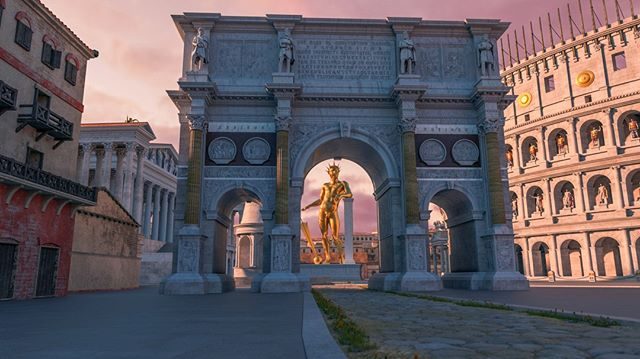
Lithodomos VR works as an app that may be integrated into other VR technology, such as Oculus Rift, or customized VR headsets used as part of tours in historical sites. It tracks the user’s location and orientation and allows them to dynamically explore virtual reconstructions of ancient monuments and spaces.
Related Video: Mysterious Ancient Societies That Disappeared
For example, if the user was walking through the Colosseum or the ruins of the forum in Rome, they would be able to visualize it exactly as it would have looked 2,000 years ago. The technology allows visitors to walk among the ruins, exploring different areas, while seeing the recreated city right in front of them.
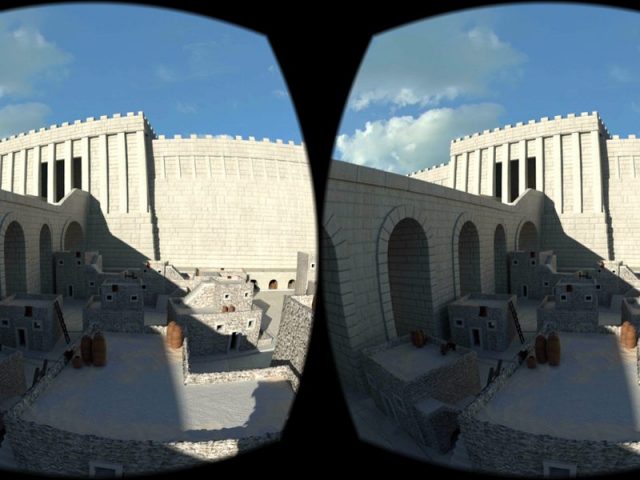
Although the app only covers specific locations and time periods, it is hoped that it can be developed to include an increasing number of detailed and varied reconstructions of ancient and medieval worlds. Today, it’s possible to use the app to wander through the Temple of Venus and Rome in the Italian capital, or to see the fully recreated splendor of the Arènes de Lutèce, a Roman amphitheater in Paris.
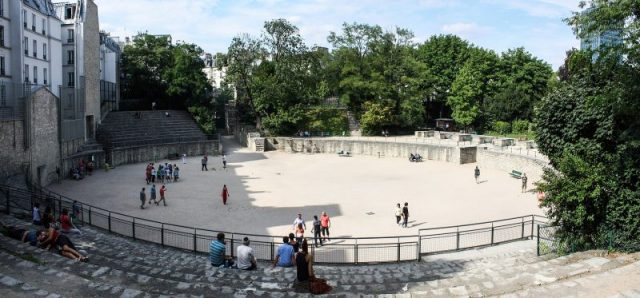
In addition, Lithodomos has also partnered with tour operators and museums across the world to create customized experiences aimed at improving visitor experience and public education. To date, according to Smithsonian magazine, they have created virtual worlds in ancient cities such as Jerusalem, Athens, Cordoba, and many more.
The creation of these immersive, digital worlds is labor intensive and requires a significant amount of historical knowledge. Young fears that without proper oversight and the involvement of historians and archaeologists, the technology could be abused to give a false impression of the world of the past.
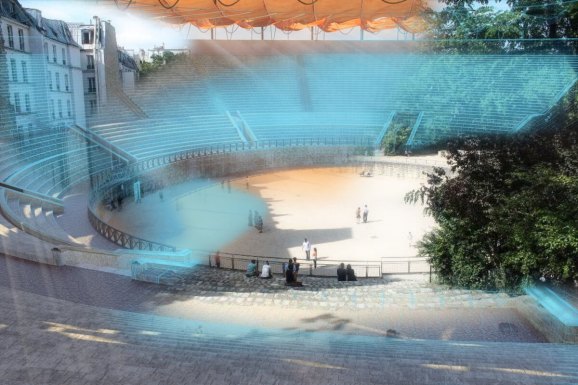
Young hopes to foster a culture that emphasizes the importance of accuracy, rather than seeing the technology solely as a form of entertainment. Speaking to Smithsonian, he noted how easy it would be for developers to “design” historical spaces according to aesthetic criteria rather than accuracy. If this happens, he argues, “the real danger is that, because VR is such a powerful medium, if someone visits the Colosseum, they walk away with the idea that this is what it was like.”
Regardless, Young’s software is likely to face stiff competition as the market for historical reconstruction through virtual reality opens up and the technology becomes more accessible.
Read another story from us: Yes They Are Real – Seaweed Homes
Many tour operators across the world offer various forms of enhanced virtual reality experiences, bringing the ancient past to life for a new generation of visitors. This new technology is transforming the way in which we think about, and access, the ancient world.
